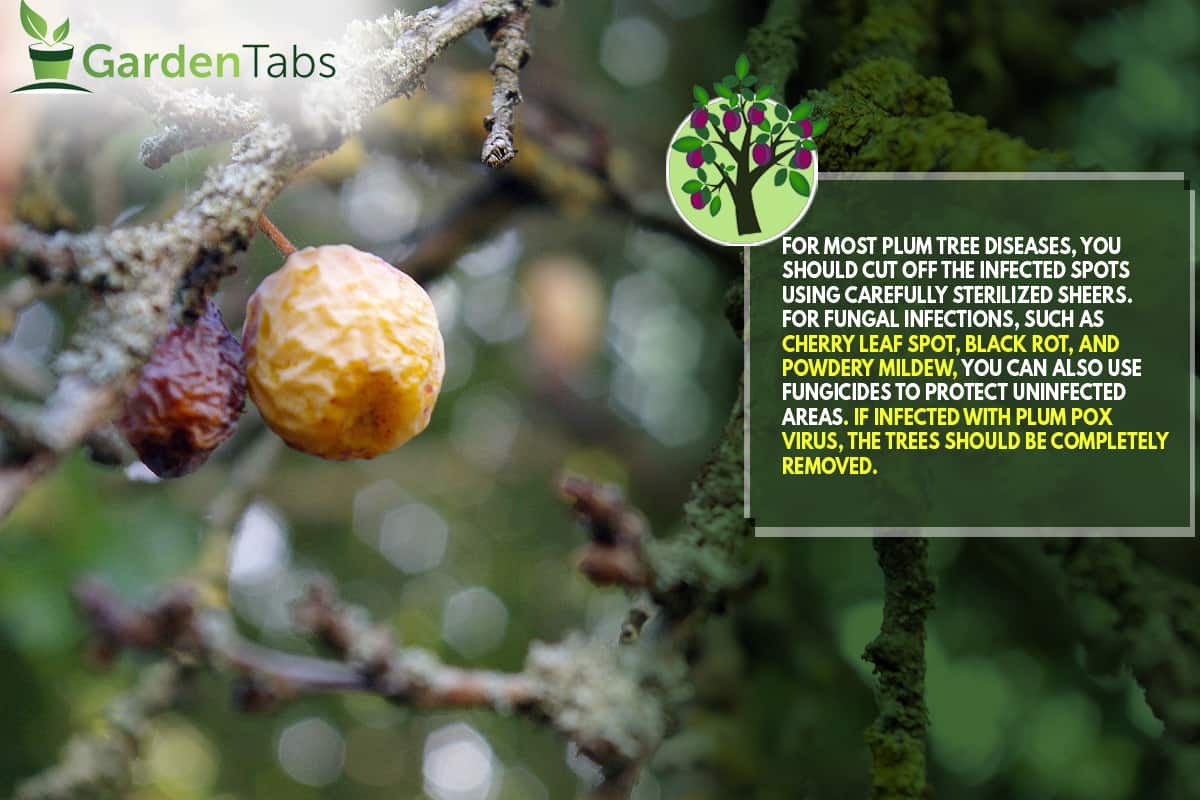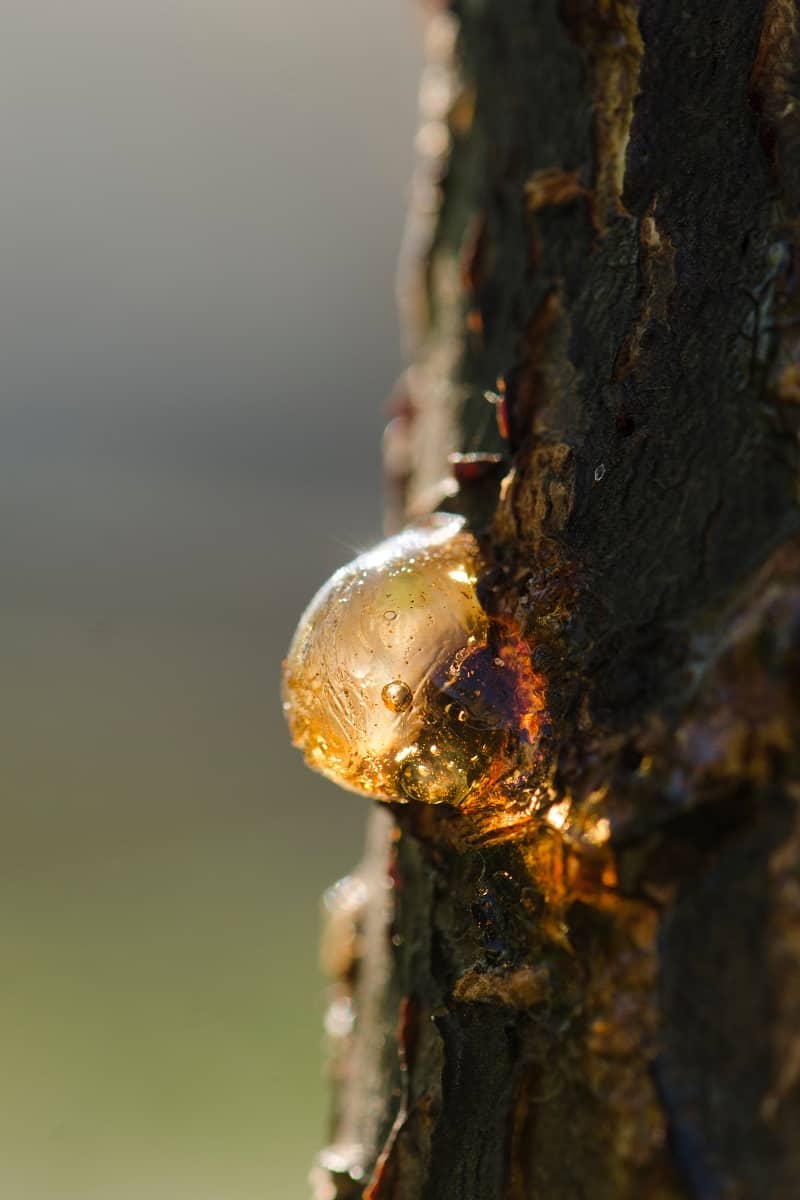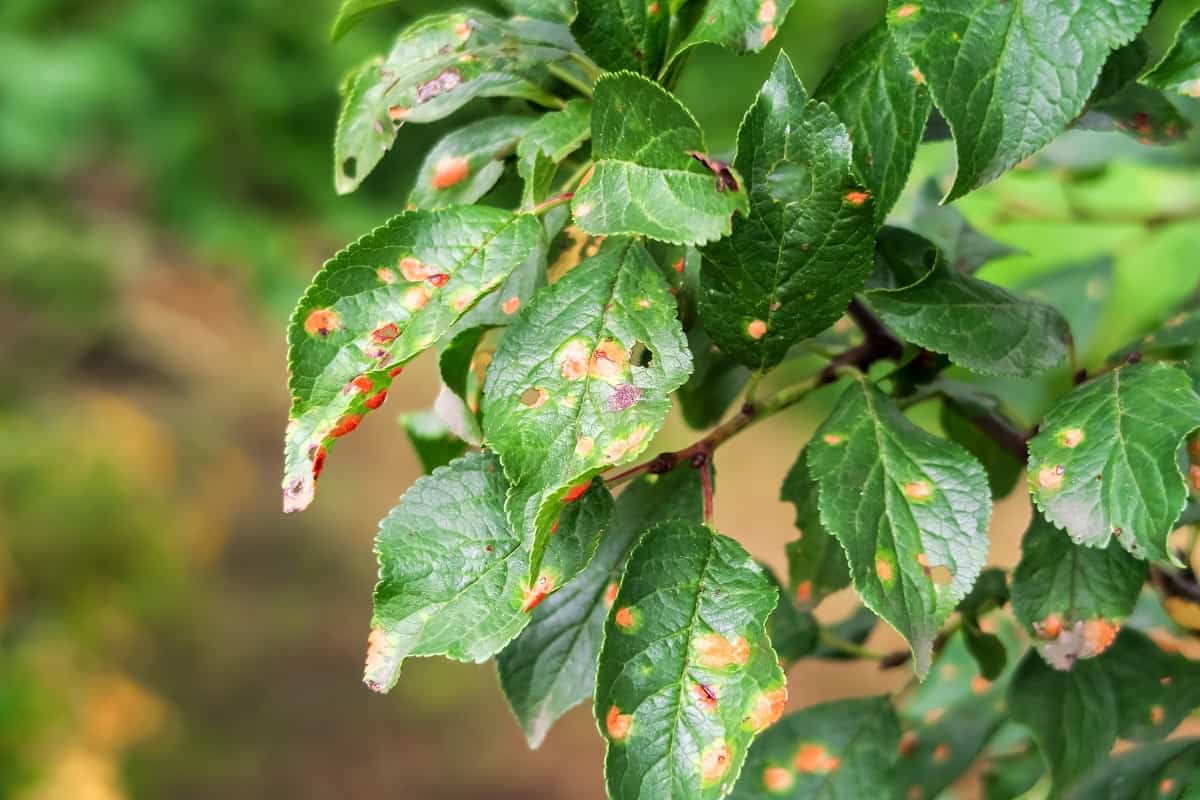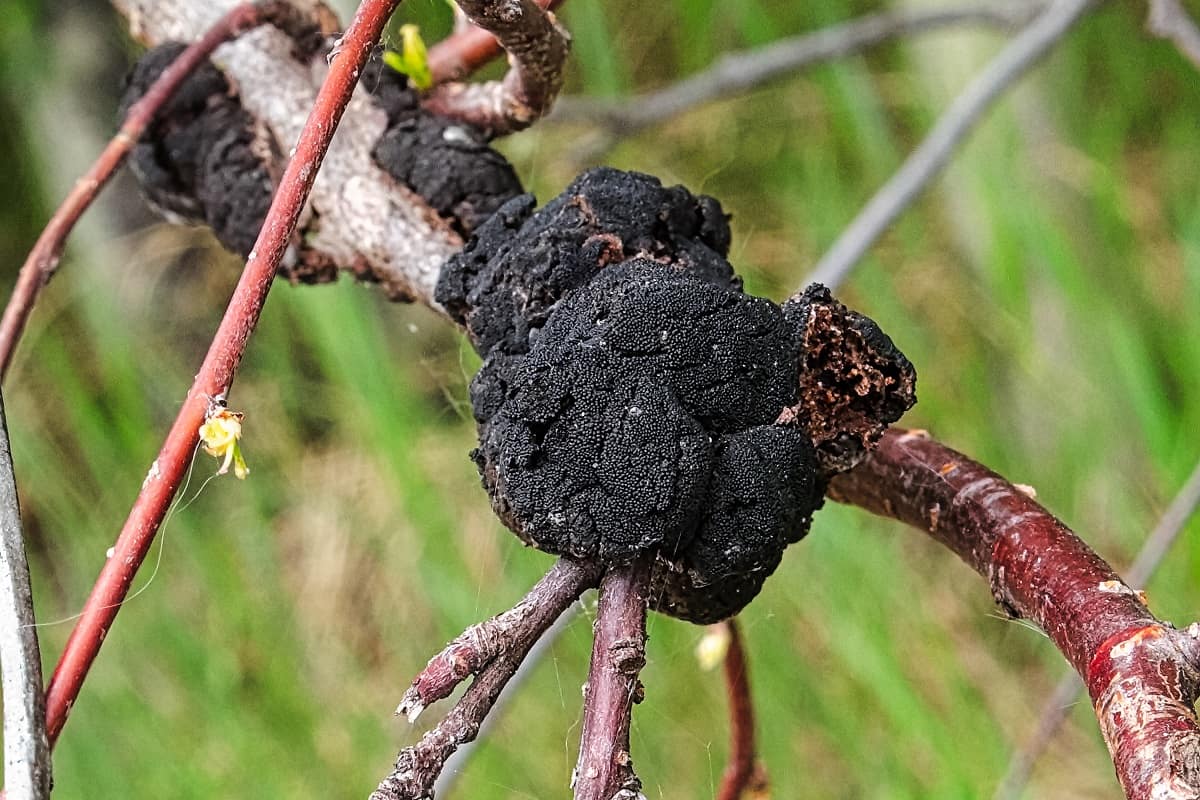Plum trees provide additional appeal to gardens because of their lush, colorful foliage and abundant bloom. The fruits may be eaten unprepared or turned into desserts, jams, or pies. However, like most fruit trees, they may show signs of dying and deterioration. We've put together the information you need to help you revive yours.
Plum trees are susceptible to a wide range of parasites and infections that render them weak and can even kill them.
For most diseases, you should cut off the infected spots using carefully sterilized sheers. For fungal infections, such as Cherry Leaf Spot, Black Rot, and Powdery Mildew, you can also use fungicides to protect uninfected areas. If infected with Plum Pox Virus, the trees should be completely removed.
The article enumerates the most common pests and diseases that affect plum trees as well as ways to control, eliminate and prevent future infestation. General care and maintenance guidelines are also included.

Reasons Why Plum Tree Is Dying
Bacterial, fungal, and viral infections are among the most common reasons why a plum tree may take a turn for the worst. Here is a brief explanation of each disease and how to control and prevent proliferation.
Bacterial Canker

Canker in plum trees is caused by a bacterial infection that prevents the buds from opening and results in dieback. The shoots wilt prematurely and fail to develop as new growth. The symptoms typically emerge and show during the spring.
Another sign of bacterial canker is the emergence of an oozing zap with a distinct foul smell in the trunks and branches, and the appearance of dark purple spots on the leaves or foliage.
Infected branches also have an effect on the overall health of well-structured portions of the tree. It considerably delays flowering and leaf growth. The bacteria spreads rapidly so it is best to prune off infected sections immediately.
Unfortunately, treatment for bacterial canker is not always effective. All you can do is maintain the tree’s health by watering and applying fertilizers with high potassium content on a regular basis.
Improper pruning is the main cause of infection. That said, you must always be careful when cutting off the branches.
Leaf Spot

Leaf spot disease is almost difficult to determine because the symptoms can be associated with nitrogen deficiency and spray injury. The infection begins as a small and wet-like grayish substance underneath the leaves. Over time, the spots will have a distinct purple, brown, or black color.
As the disease progresses, the foliage will be filled with small spots, turn yellow, and eventually drop. Severe defoliation affects fruit quality and the overall health of your tree.
Bacteria enter through opened tissues and spreads to the leaves, trunk, and branches via rain. Warm temperatures aid in its proliferation. To treat or suppress the disease, chemical intervention is necessary. Use a fungicidal spray to protect your trees and clean out and burn the leaf litter from infected trees.
Black Knot

Black knot is a fungal disease prevalent during the rainy months. Symptoms usually appear as a hard and black swelling of a branch that usually emerges on some portions of the trunk and limbs of the tree.
The infection can be contained by pruning affected branches 3 to 4 inches below the swelling or the knot. Do this during the dormant season. For severe infection on larger limbs, cut down the healthy portion as well.
Burn the branches and sterilize your pruning shears to prevent the disease from spreading.
Brown Rot

Brown rot is also a fungal disease that affects a large variety of plum trees. The fungi thrive in areas with high humidity levels, a warm climate, and heavy rainfalls.
Infected flowers will turn black, followed by the appearance of tan spores. Newly-formed fruits are resistant to the disease, however, as it develops and ripens, it becomes susceptible to infection.
Abnormalities or wounds usually materialize as light brown spots on the fruit’s exterior.
To control the disease, remove infected fruits and prune diseased branches. Apply fungicides such as azoxystrobin, iprodione, benomyl, sulfur, and chlorothalonil during the blooming season and just before harvesting.
Powdery Mildew
Powdery mildew appears as a white cottony substance that is found on different surfaces of the tree. The infected portions usually become scabby and dry, while the leaves tend to curl upward.
To treat the disease, simply apply fungicides to the infected portions. Prune any nearby plants that may exhibit the same signs and symptoms of powdery mildew in order to control the fungi and prevent spreading.
Plum Pox Virus
The spread of the disease is proliferated by insect migration, wherein the organisms find new hosts when the food supply has been depleted from one tree to another.
Plum pox is a viral infection that generally affects the fruits of your trees and manifests as deformed fruits with brown spots. The leaves discolor and the veins turn yellow with light green rings.
Once the disease once progressed, viruses will be more difficult to control because of their ability to mutate. It is best to prevent it from spreading by removing any infected trees and even those nearby to be safe.
Victoria, Purple And Ornamental Plum Trees
Victoria (Prunus domestica), purple (Prunus cerasifera), and ornamental varieties of plum are separate species of the tree but generally require the same care and maintenance and are equally susceptible to pests and diseases. There are, however, slight variations that are worthy to note.
Victoria plums are native to the UK and feature white flowers and dark red fruit that begin to emerge in the spring and achieve full bloom during summer.
Their development is optimized by full sun exposure, moderate watering, and loose, well-draining soil. These varieties are mostly affected by canker, brown rot, and blossom wilt which manifest as the usual signs and symptoms of the infection.
Purple leaf (Prunus cerasifera) trees also referred to as cherry plums are primarily used for ornamental purposes in gardens and landscapes.
Their dark red foliage accented with abundant white and pink blossoms creates an attractive focal point or backdrop that is aesthetically pleasing.
They should be grown in full sun, requiring deep watering in the summer, and thrive well in organically rich, well-draining soil. Purple plums are susceptible to black knot, powdery
How To Care And Maintain Plum Trees?
Plums require care similar to other fruit-bearing trees like adequate light, proper watering, ideal soil conditions, and maintenance in the form of fertilizers and regular pruning. Listed below are the specific needs for plum trees to grow, develop and produce yield.
Light
Plum trees thrive best when planted in areas with full sunlight and generally, all varieties require six to eight hours of exposure per day.
It is essential to produce and maintain the vibrant color of their foliage and encourage the growth of blooms that eventually develop into a fruit.
Water
Plum trees grow well in mediums that have moderate amounts of moisture and are averse to waterlogged soil conditions.
Once fully established, plums develop considerable drought tolerance and only have to be watered regularly in the summer and long periods without rainfall.
Soil
The tree can tolerate most ground conditions but grow best in well-draining loamy soil that is slightly acidic to neutral. Plums struggle and develop poorly in mediums that have high clay concentration and a compact matrix.
The application of mulch and organic compost retains moisture and regulates the soil temperature which in turn optimizes the conditions necessary for its growth and productivity.
Temperature And Humidity
Plum trees can survive extreme heat or cold and can thrive when mulched during the winter and watered adequately in the heat of summer.
The relative humidity bears no significant effect on its development as long as light, water, and soil conditions are provided.
Fertilizer
Fertilizer may be necessary only once a year if your tree has been treated with mulch or compost.
An all-purpose additive with equal proportions of nitrogen, phosphorus, and potassium will suffice to provide the basic nutrients and support its growth.
Do not attempt to compensate and revive a dying tree with too much fertilizer since it can cause more harm to the root system.
Pruning
Regular pruning helps maintain the desired shape or form of your tree, but more importantly, the process allows light to penetrate the canopy and promote flowers and fruits to develop.
Sunlight deters the presence of certain fungi and bacteria that harms the tree and affects its health. Prune moderately and remove dead, damaged, or diseased branches that endanger or are no longer required for its growth.
Avoid over-trimming your plum tree since cut portions or wounds become portals for parasites and render it vulnerable to disease and infection.
In Closing
Plum tree diseases should be treated immediately in order for them to survive and recover. We hope this article helped and guide you with ways to save your tree.
